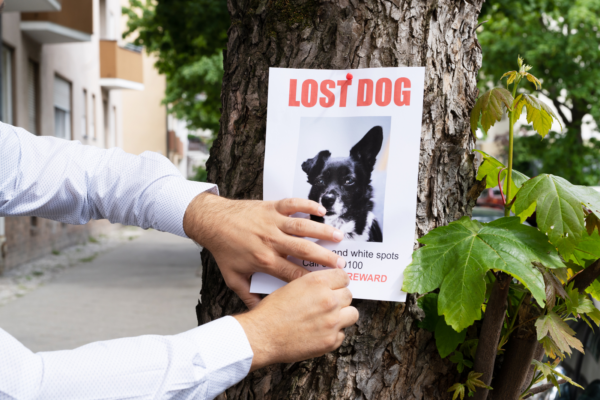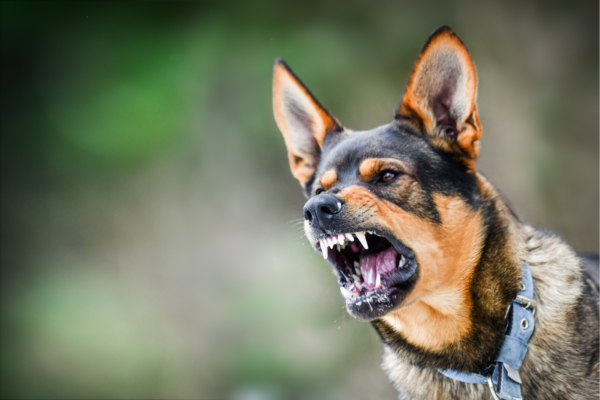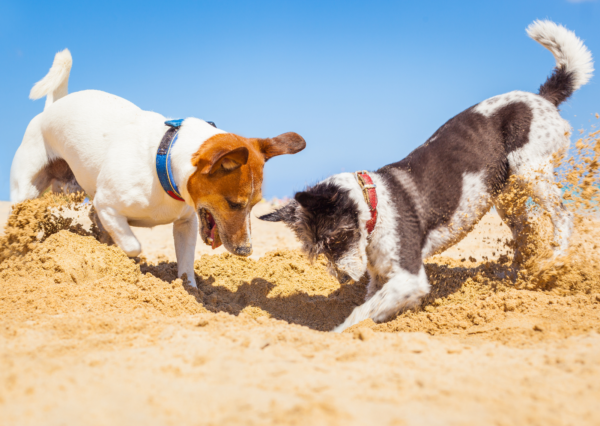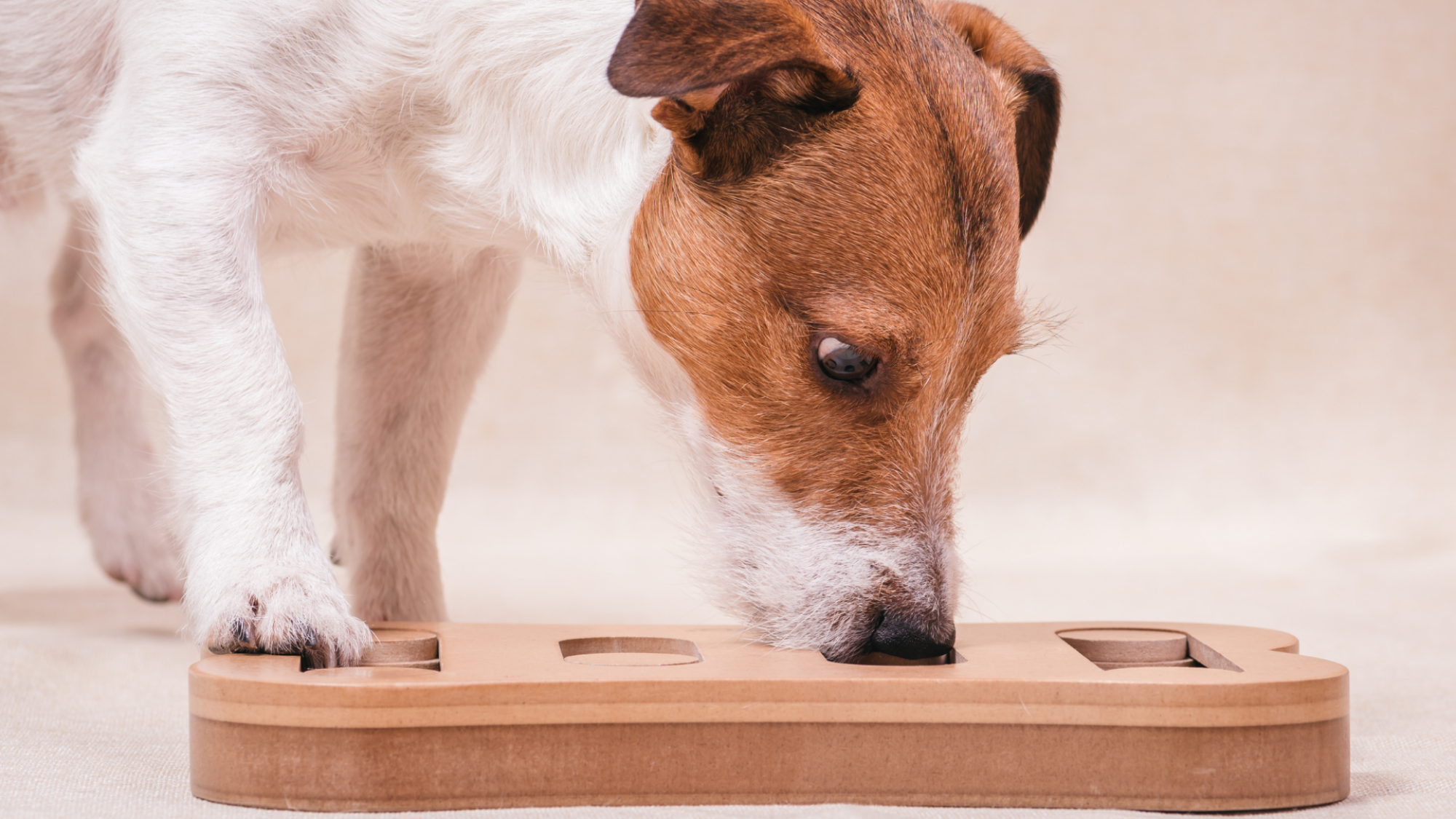The Impact of Olfactory Work and Brain Training on Dogs
Brainwork and various types of olfactory work allow a dog to calm down. A dog that is too excited is not able to do olfactory work well. With this type of task, they have to calm down and focus on sniffing to succeed. In addition, such exercises make dogs get tired mentally and provide them with the necessary other type of effort because the physical exercise alone is not enough. Running or other physical activities cause the dog to get tired usually only physically, so they torment the body. Dogs also need mental fatigue.
And what about nosework?
What is best about it is the fact that it is for everyone, for pedigree dogs and mixed-breed ones, for small and large, of all ages, and even for those with disabilities. It stimulates the dog’s mind and, as you can see for yourself, has a positive effect on the dog’s character. A lot of people decide to take up olfactory work with their dogs for similar reasons. Often a trigger to take this activity is a problem, often a behavioral one, in a dog.
Nosework also improves the relationship between the dog and the owner. Because it is based on what the dog actually likes, on sniffing, on something natural for the dog, the dog thinks that the time spent together is nice, that in general, the keeper does not force the dog to do anything. It is simply fun.
In addition, nosework is based 80% on the work of the dog, independent work, during which the dog must make decisions independently, which allows them to build self-confidence, and in 20% on the work of the keeper, on work which is about the support and help of the keeper for the dog. This work allows you to build trust, and to be together in a difficult, complicated situation.
So what is the impact of olfactory work and brainwork on the dog?
- Building independence and self-confidence.
- Tiring the dog mentally, putting them into increasingly difficult tasks and puzzles.
- Overcoming fears, getting acquainted with various surfaces and objects.
- Building a good bond on the guide–dog line.
- Helping to calm down and affecting the dog’s concentration.
- Teaching the dog to deal with problematic situations by making independent decisions and thanks to the keeper’s support.
- Developing creativity.
See also other posts:
June 30, 2023

Get Your Lost Dog Back Home Quickly: Follow These 12 Tips for Success
Vacations favor more frequent and longer walks with our furry friends. We travel, visit new places. Summer makes us loosen our brakes and allow our…
June 30, 2023

Managing Aggressive Dog Behavior: Tips for Peaceful Living
Living with an aggressive dog may seem challenging, but it can be peaceful and manageable with the right approach. One key aspect is to remain…
June 30, 2023

Unlocking the Secret to Successful Puppy Socialization: Quality over Quantity
Today, although the topic is very important, I will keep it brief. Socialization is a topic that could fill books or scientific papers. However, today…

